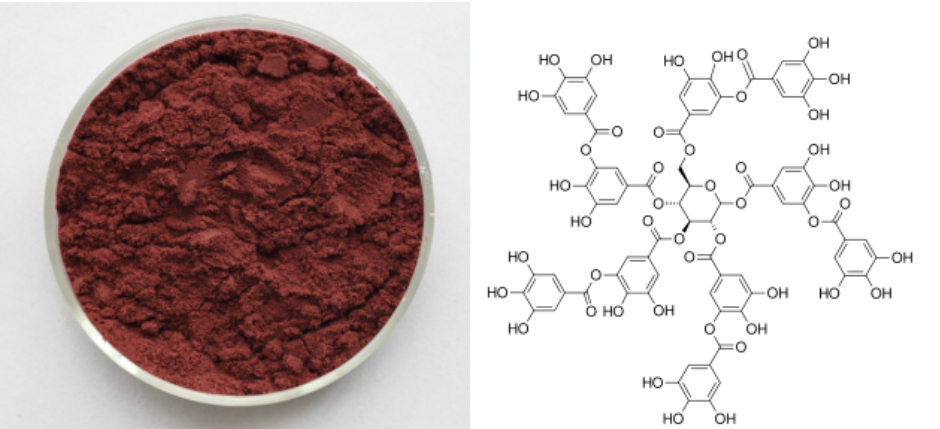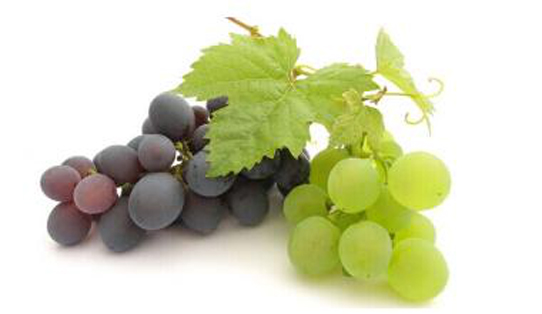Professional Design Grape Skin Extract Factory in Macedonia
Professional Design Grape Skin Extract Factory in Macedonia Detail:
[Latin Name] Vitis vinifera L.
[Plant Source]from China
[Specifications]Proanthocyanidins polyphenol
[Appearance]Purple red fine powder
Plant Part Used:Skin
[Particle size] 80 Mesh
[Loss on drying] ≤5.0%
[Heavy Metal] ≤10PPM
[Pesticide residue] EC396-2005, USP 34, EP 8.0, FDA
[Shelf life] 24 Months
[Package] Packed in paper-drums and two plastic-bags inside.
[Net weight] 25kgs/drum
Function
1.Grape skin extract used to reduce cancer risk;
2.Grape skin extract has the useage of antioxidant activity;
3.Grape skin extract has anti-inflammatory, removal of swollen;
4.Grape skin extract can reduce the incidence of spots and cataracts;
5.Grape skin extract will reduced exercise-induced vascular sclerosis porridge;
6.Grape skin extract will strengthen the blood vessels the flexibility of the wall.
Application
1.Grape skin extract can be made into capsules, troche and granule as healthy food;
2.High quality grape skin extract has been widely added into the beverage and the wine, cosmetics as the functional content;
3. Grape skin extract is widely added into all kinds of foods such as cake, cheese as the nurture, natural antiseptic in Europe and USA, and it has increased the safety of the food.
What is Grape Skin extract?
Grape skin extract are industrial derivatives from whole grape seeds that have a great concentration of vitamin E, flavonoids, linoleic acid, and OPCs. Typically, the commercial opportunity of extracting grape seed extract constituents has been for chemicals known as polyphenols, including oligomeric proanthocyanidins recognized as antioxidants.
Grape skin extract is rich in Oligomers Procyanidin Complexes (OPC) , which is a powerful antioxidant. In addition to the ultra rich potence of over 20 times higher than Vitamin C. Grape skin extract is also 50 times better than Vitamin E. Grape skin extract helps to strengthen the immune system, and also slowdown the aging process, which is of very high market value. Procyanidin B2, which is the most active compound to neutralize free radicals that cause aging, is available only in Grape Seed.
In Europe, OPC from grape skin extract proanthocyanidins has been adopted and used for several decades as a safe and effective compound. Grape skin extract has no record of any acute or chronic toxicity, no harmful reaction even under very high dosage. For these reasons, grape skin extract proanthocyanidins has become a new star in the food supplement market.
Product detail pictures:

Related Product Guide:
With reliable good quality system, great standing and perfect consumer support, the series of products and solutions produced by our organization are exported to quite a few countries and regions for Professional Design Grape Skin Extract Factory in Macedonia , The product will supply to all over the world, such as: Belgium, Armenia, Hamburg, "Make the women more attractive "is our sales philosophy. "Being customers' trusted and preferred brand supplier" is the goal of our company. We are strict with every part of our work. We sincerely welcome friends to negotiate business and start cooperation. We hope to join hands with friends in different industries to create a brilliant future.
Amet Bulgaria & Ork Meletin Tayfa
Muscle fibers, DNA and plastics are all examples of polymers. Watch this video to learn more.
A polymer is a large molecule, or macromolecule, composed of many repeated subunits. Because of their broad range of properties, both synthetic and natural polymers play an essential and ubiquitous role in everyday life. Polymers range from familiar synthetic plastics such as polystyrene to natural biopolymers such as DNA and proteins that are fundamental to biological structure and function. Polymers, both natural and synthetic, are created via polymerization of many small molecules, known as monomers. Their consequently large molecular mass relative to small molecule compounds produces unique physical properties, including toughness, viscoelasticity, and a tendency to form glasses and semicrystalline structures rather than crystals.
The term “polymer” derives from the ancient Greek word πολύς (polus, meaning “many, much”) and μέρος (meros, meaning “parts”), and refers to a molecule whose structure is composed of multiple repeating units, from which originates a characteristic of high relative molecular mass and attendant properties. The units composing polymers derive, actually or conceptually, from molecules of low relative molecular mass. The term was coined in 1833 by Jöns Jacob Berzelius, though with a definition distinct from the modern IUPAC definition. The modern concept of polymers as covalently bonded macromolecular structures was proposed in 1920 by Hermann Staudinger, who spent the next decade finding experimental evidence for this hypothesis.
Polymers are studied in the fields of biophysics and macromolecular science, and polymer science (which includes polymer chemistry and polymer physics). Historically, products arising from the linkage of repeating units by covalent chemical bonds have been the primary focus of polymer science; emerging important areas of the science now focus on non-covalent links. Polyisoprene of latex rubber and the polystyrene of styrofoam are examples of polymeric natural/biological and synthetic polymers, respectively. In biological contexts, essentially all biological macromolecules—i.e., proteins (polyamides), nucleic acids (polynucleotides), and polysaccharides—are purely polymeric, or are composed in large part of polymeric components—e.g., isoprenylated/lipid-modified glycoproteins, where small lipidic molecule and oligosaccharide modifications occur on the polyamide backbone of the protein.
The supplier abide the theory of "quality the basic, trust the first and management the advanced" so that they can ensure a reliable product quality and stable customers.







